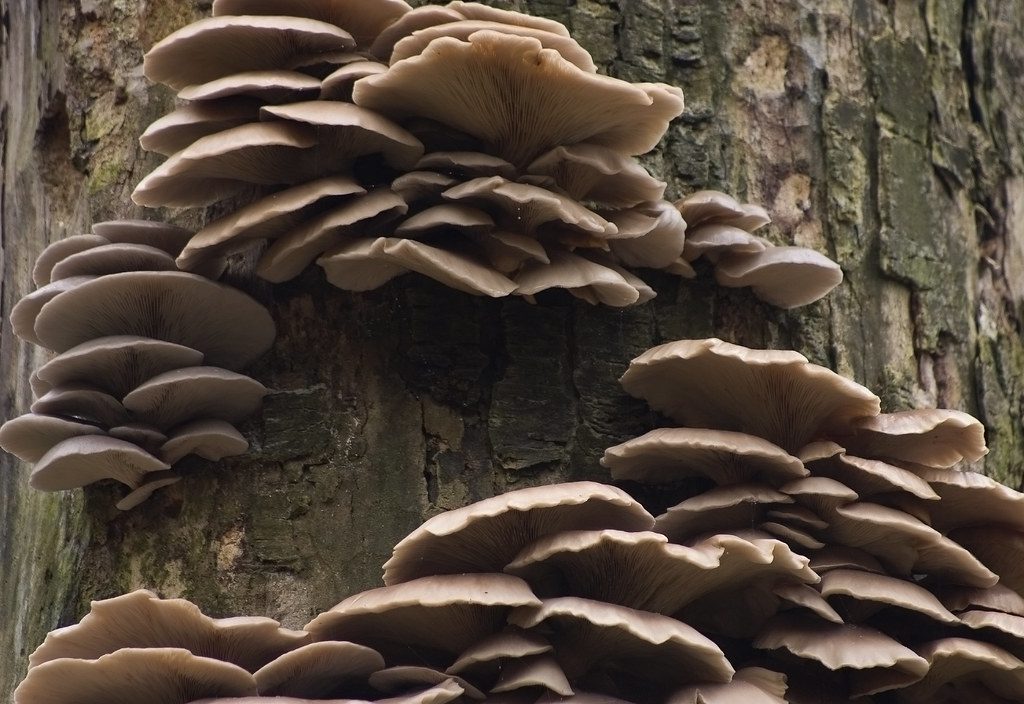
Firstly, introducing Auscrops, a high-tech market vending company bridging farmers and customers together through market vendors. Click here to find out more about Mushrooms On Trees as well fruit and vegetable offers.
Mushrooms On Trees
Forests, with their towering trees and serene ambiance, hide a lesser-known secret: a thriving world of fungi. These fascinating organisms, often seen sprouting on tree trunks and roots, play crucial roles in the ecosystem. Additionally, they bring forth stories of mutualism and nature’s balance.
Nurturing the Roots
The relationship between trees and fungi begins beneath the surface. The roots of most trees form bonds with certain fungi, creating what’s known as mycorrhizal associations. Through this partnership, trees provide fungi with sugars. In return, fungi supply the trees with essential minerals and water. Furthermore, this symbiotic relationship enhances the tree’s resistance against various pathogens.
Beyond the Ground: Shelf Fungi
Often, during a walk in the woods, one might notice shelf-like structures growing on tree trunks. These are aptly named “shelf fungi” or “bracket fungi.” These fungi grow on both living and dead trees, decomposing the wood. Additionally, their unique appearance adds an aesthetic appeal to the forest landscape.
Decomposers at Work
Some fungi are saprophytic, meaning they feed on dead organic matter. When a tree dies, these fungi play an indispensable role in breaking down the wood, returning nutrients to the soil. Additionally, by decomposing dead trees, they pave the way for new life to sprout.
Trees as Hosts
Certain fungi have a more parasitic relationship with trees. They extract nutrients from the tree, often weakening or even killing their host over time. Nonetheless, it’s worth noting that these fungi still contribute to the ecosystem’s balance, even if they seem destructive.
A Beacon for Wildlife
Fungi growing on trees aren’t just beneficial to the trees themselves. They serve as food sources for various wildlife. Insects, small mammals, and even some birds feed on these fungi. Furthermore, they provide shelter and breeding grounds for certain species.
Nature’s Artistry
Beyond their ecological roles, fungi on trees are a testament to nature’s artistry. From the intricate patterns of turkey tail fungi to the luminescent glow of certain mycena species, they add splashes of color and texture to the forest canvas.
Final Thoughts
The intricate interplay between trees and fungi is a testament to the interconnectedness of life. Through mutualistic partnerships, decomposition, and even parasitism, they weave a tapestry of interactions that sustain the forest ecosystem. By understanding and valuing these relationships, we can further our appreciation of nature’s wonders.
Lastly, Click here to read similar articles.
 Français
Français 











